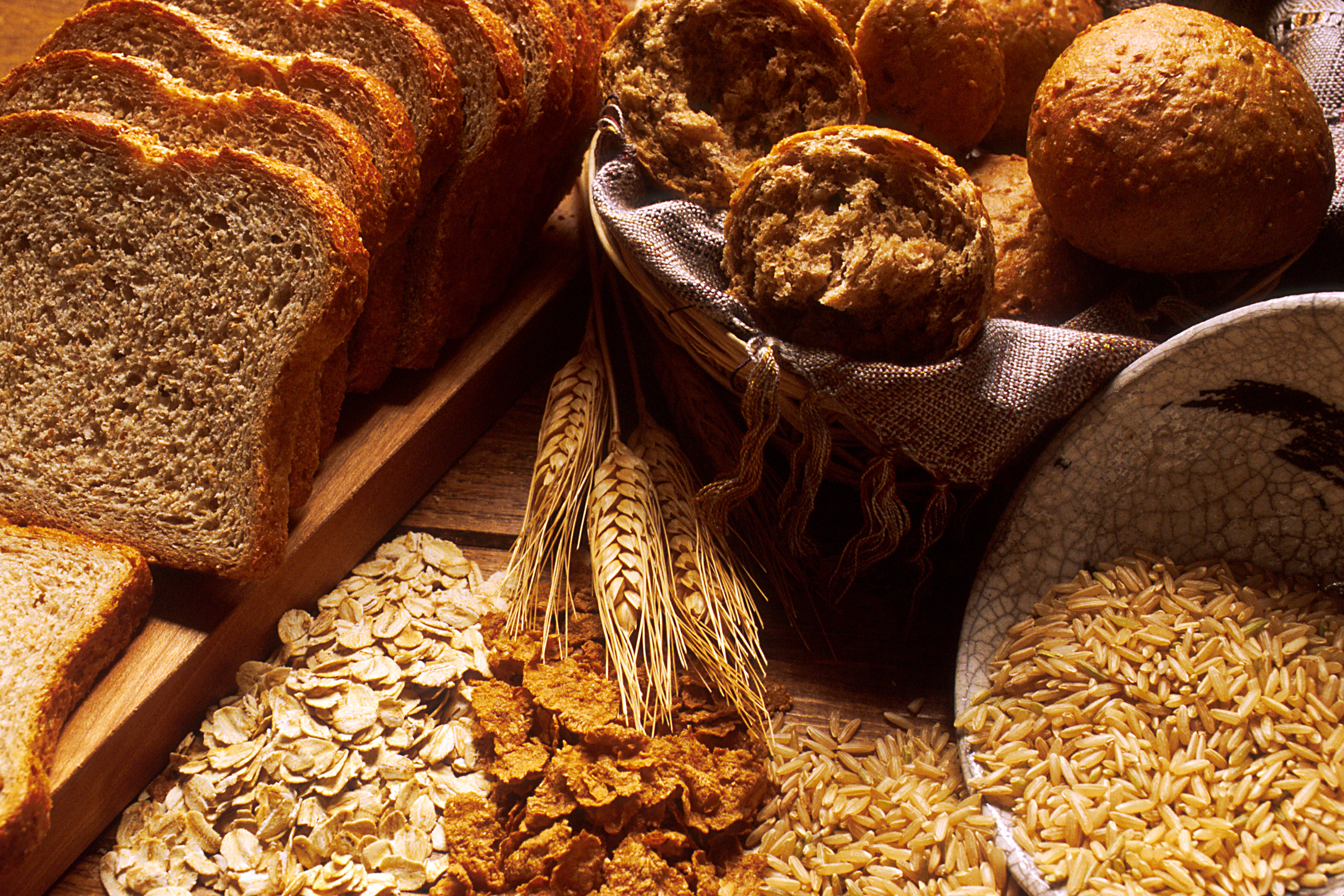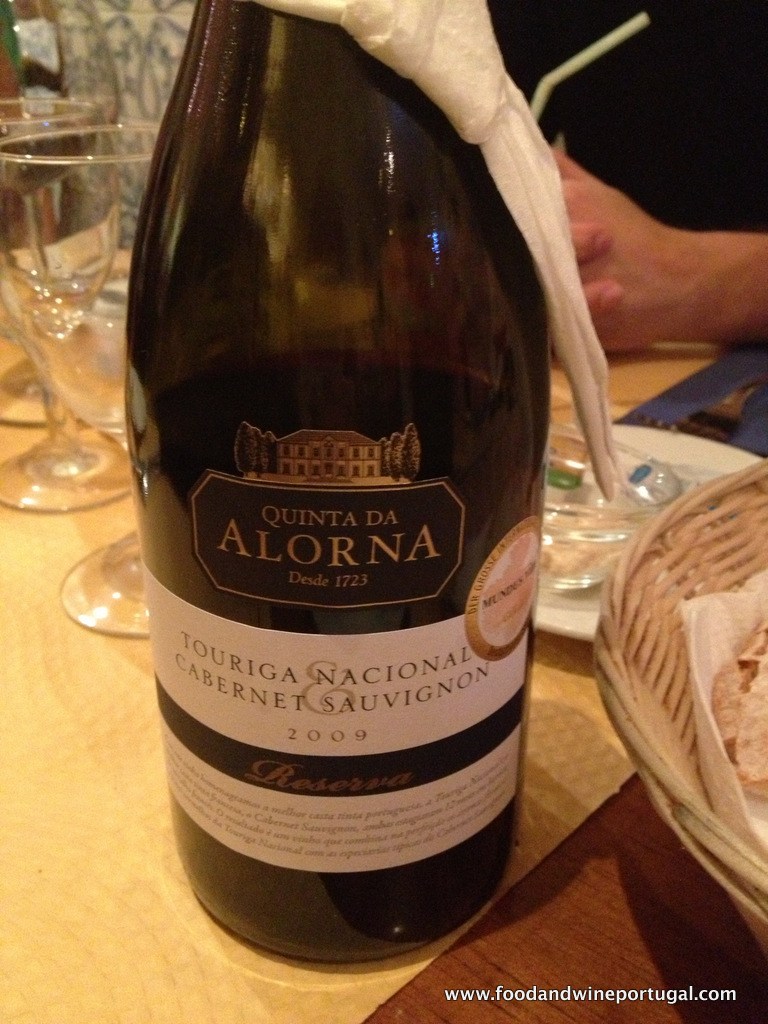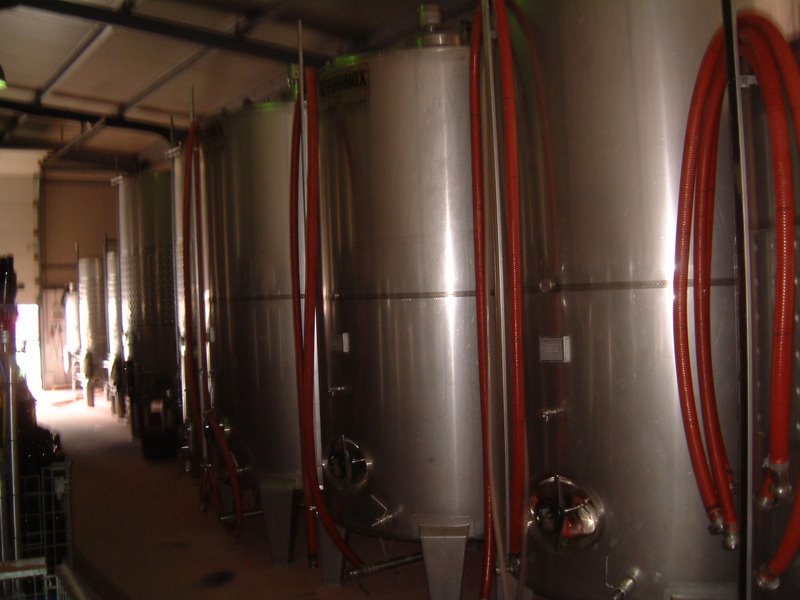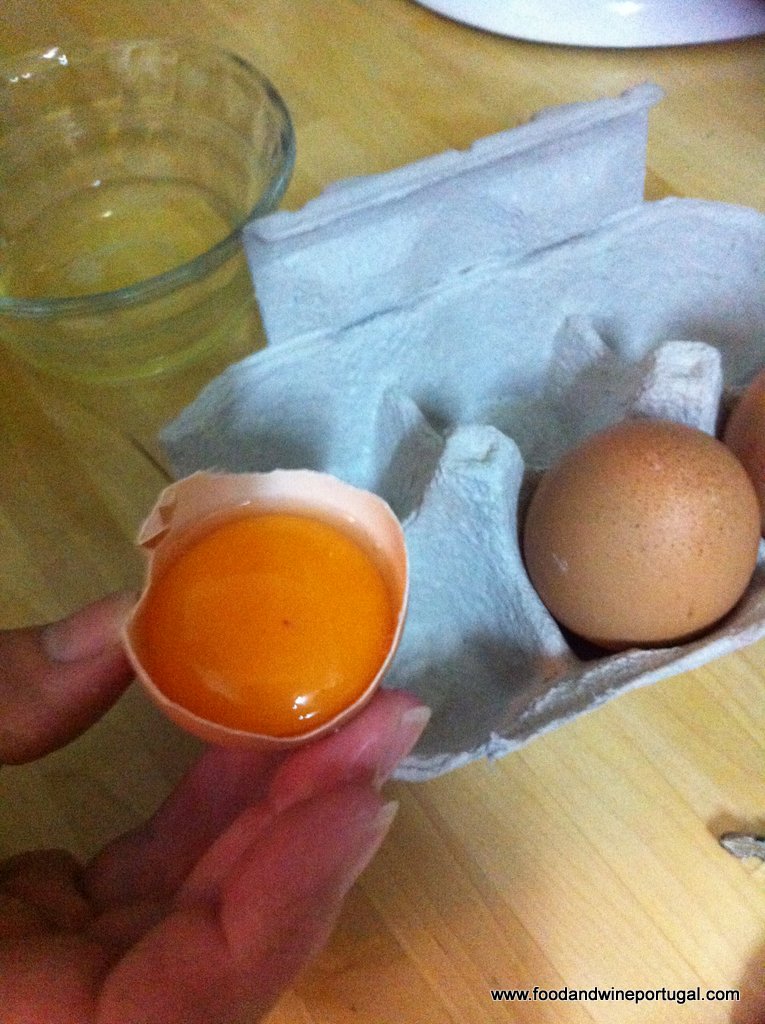Sharing my Portugal food journey
I’d never eaten octopus before. It was the tentacles… the tentacles unnerved me. Unworldly coils of rubbery flesh speckled with suction caps. I believe in eating as a full sensory experience that goes beyond mere taste: there’s much to be…









